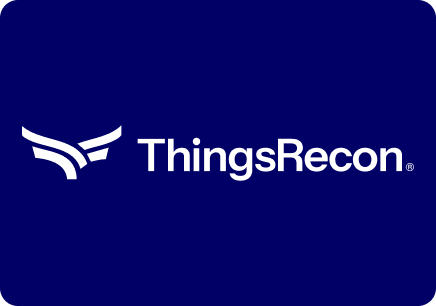There are certain recurring stories in universities and colleges: a well-meaning department starts a pilot online learning platform via a credit card. HR signs up for a new cloud tool to track applicants. Labs download open-source research software. Admin staff use productivity tools without oversight. These proliferate, often outside central IT’s purview.
Recent data backs this up: the 2025 UK Cyber Security Breaches Survey found that 91% of higher education institutions and 85% of further education colleges experienced cyberattacks in the past year. Also, the education sector was among the top targeted in third-party breaches, in part due to high vendor dependency.
Where the Blind Spots Lie & Why They’re Risky for Schools
- SaaS app proliferation in departments: Faculty or research groups often adopt tools (for collaboration, data analysis, remote labs) without security reviews. These may store student or research data outside institution control.
- Expired or forgotten systems: Moodle installations, lab VMs, or conference apps run by student unions may have old certs or unpatched code. Attackers scan for those.
- Vendor tool integrations that persist: Vendors providing learning-management, admissions, alumni, or library services may spin up public interfaces or overlook endpoint security, creating indirect exposure.
- Remote learning / cloud storage platforms: As education embraced remote/hybrid models, dependence on third-party clouds has grown. Gaps in configuration, identity management, or API security make them juicy targets.
What Education Security Leaders Can Do
For colleges and universities, hidden risk isn’t just a technical nuisance; it strikes at the heart of trust, compliance, and financial survival. In an environment where resources are already stretched thin, the smartest strategy is uncovering what matters most, early enough to act. By bringing supply chain visibility and shadow IT into the conversation, education leaders can protect what makes their institutions thrive: their people, their reputation, and their mission.
.png)





.png)
.png)
